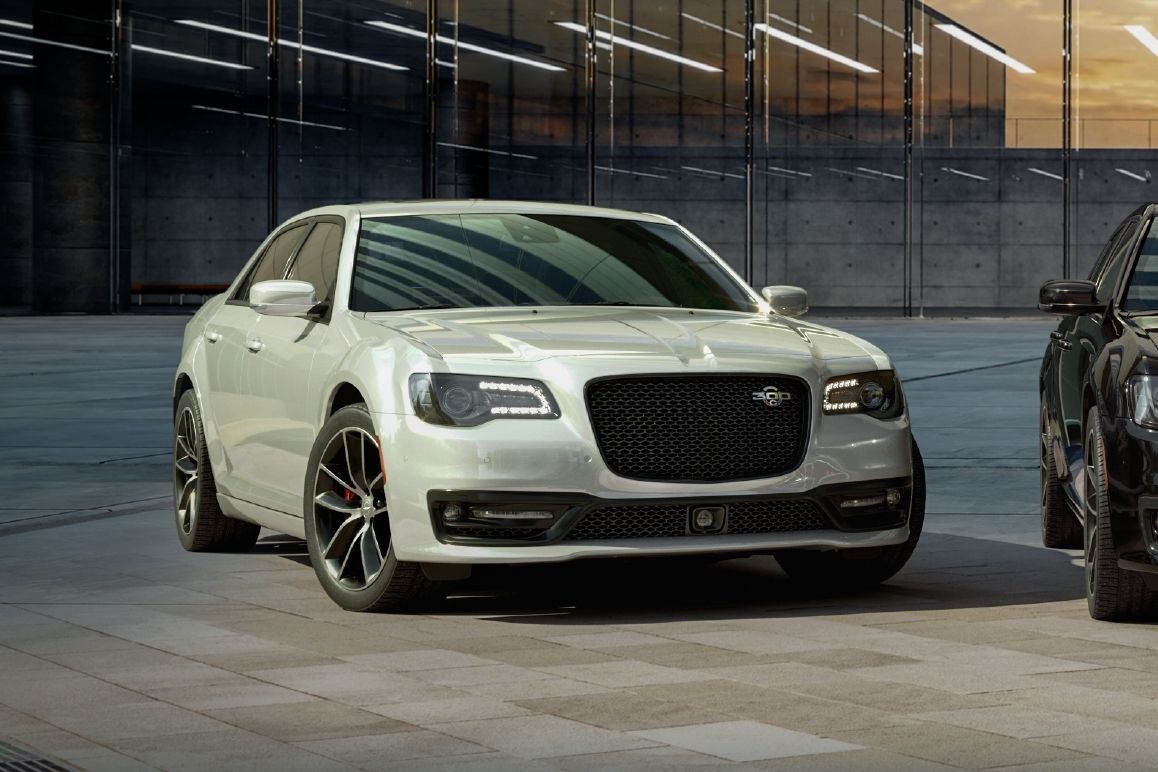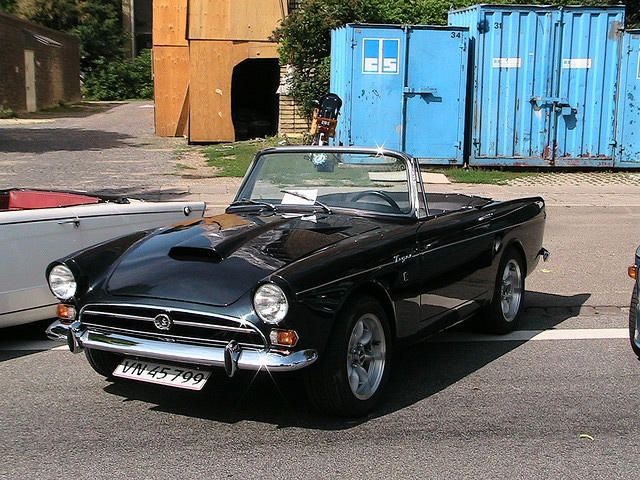
Think of a British sports car which received a Ford V8 courtesy of Carroll Shelby. Ok, now if the first car which popped into your head wasn't the A.C. Cobra, then you are a strange person. For that reason, you might never have heard of the Sunbeam Tiger, a sort of distant relative of the Cobra. It might, therefore, seem odd to you that the Tiger is part of this series while the Cobra isn't, but the Cobra is really its own thing, and only happens to have been a roadster. Don't worry; it'll be part of one of these series eventually.
The Tiger was fast and powerful, but still managed to retain its identity as a roadster. The story of the Tiger begins back in 1953, with the introduction of the Sunbeam Alpine. This was initially a very low-volume model, but after a complete redesign for 1959, it became a reasonably sporty little car, which sold in decent if not record-setting numbers. The car is British, with Sunbeam being part of the Rootes Group of UK-based brands, but by 1964 America was far and away the most important market for cars like these.
The company's West Coast Sales Manager, a man by the name of Ian Garrad, noticed that the Alpine didn't stand out much alongside the competing British roadsters, and went looking for more power for the little car. After noticing that the Ford 260 V8 would probably fit into the Alpine's engine bay, a handful of Rootes employees commissioned Shelby to build a prototype. This proved to be so easy that a second prototype was commissioned by a different fabricator, just to be sure that it was really that easy, and Shelby wasn't just making it look easy.
The Sunbeam Tiger debuted in 1964 at the New York Auto Show, and went into production shortly thereafter. The engine was the same one found in the Cobra, but here it was in a significantly lower state of tune. But that was fine, in an era when not many British roadsters offered more than 100 horsepower, here was one which generated 164. This was more than double what the Alpine produced, and the 0-60 time of 9.4 seconds was only just over half that of the Alpine. The Tiger might have looked liked other British roadsters, but nobody would mistake it for ordinary when the light turned green.
The car was initially sold as the Alpine 260 in Europe, where it was believed that the name recognition would serve it well. After all, the Sunbeam Alpine was the first Bond car, appearing in "Dr. No" in 1962. But then the Tiger was featured on the TV spy comedy "Get Smart" in 1965, and European models would eventually change their name to Tiger as well. The Tiger certainly isn't as well-known as the Cobra, and there is good reason for this, it wasn't as fast. The Cobra was far more powerful and handled better as well, although it was also quite a bit more expensive.
In the end, only about 7,000 Tigers were built, but this was still enough to make the Tiger more commercially successful than the Cobra. It was also a big boost to the Sunbeam brand, serving as a halo car of sorts. Most Tigers were produced with the Mark 1 designation, but the final 536 were designated as Mark 2. The Mark 2 is the most sought-after of Tigers, since these were given the Ford 289 V8, rather than the 260, and horsepower was thus increased to 200. Shelby made a number of Cobra parts available for the Mark 2 as well, and a Tiger fitted with the Cobra's dual four-barrel carburetors could produce 300 horsepower.
Even without the Cobra equipment, the Mark 2 was a full second faster to 60mph than the Mark 1, and 289-equipped cars can be identified by their "Sunbeam V-8" badge, where the rest have a "Powered by Ford 260" badge. The Tiger met a somewhat ridiculous end in 1967. Rootes was taken over that year by Chrysler, who simply could not allow them to sell a car with a Ford V8, even if it was by far the most significant model which the brand was then currently offering. In order to try and find a solution, it was briefly considered that Sunbeam could simply use a Chrysler V8 instead of Ford's.
However, the location of the distributer on their small-block V8 and the size of the distributor on their big-block made it impossible to get either under the hood without a good deal of trouble. The car had been significant for Rootes, but for a giant like Chrysler, a car which only sells a couple thousand units per year isn't worth much trouble, and so the car was dumped. The Tiger was a less expensive and more practical alternative to the Shelby Cobra. It might not have been quite as impressive, but to just be mentioned in the same breath as the Cobra is an accomplishment all by itself.

